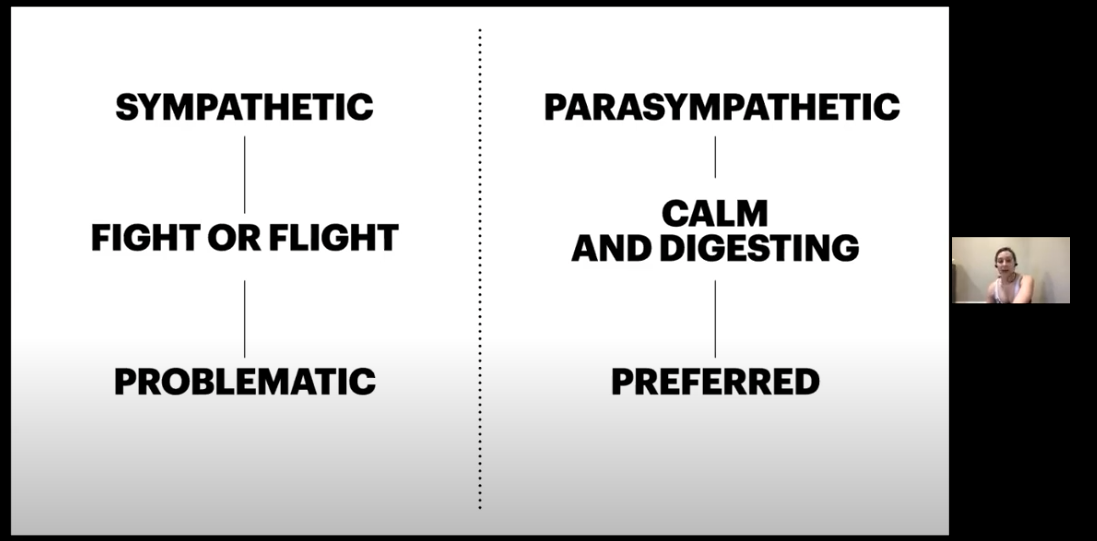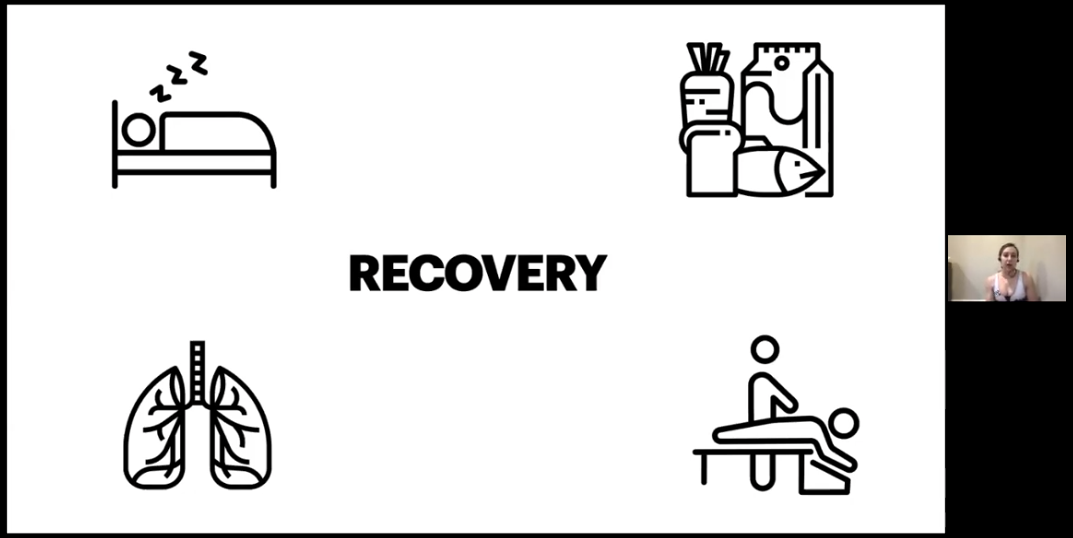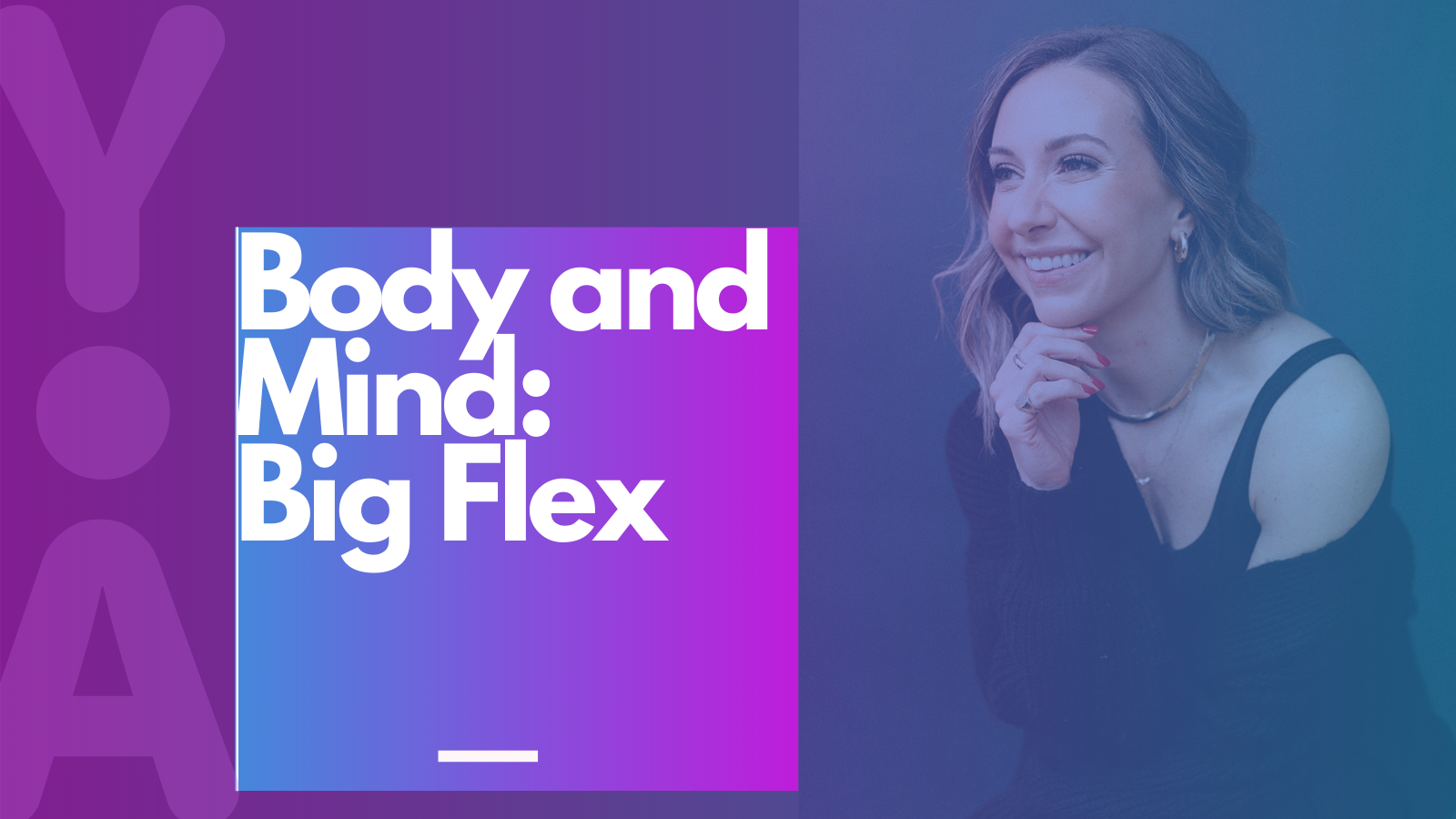Body and Mind: Big Flex
Kate Lemere, Chief Instructor at Barry’s and Founding trainer at Barry’s Chicago
I was invited to join YouAppi, Adjust, and Tapjoy’s corporate event with Barry’s for an hour of Barry’s and Chill last week. There are so many ways our bodies can use our own weight for an effective and challenging workout. I led the group in a workshop on mindfulness and shared tips on how to take back your day and how our activities impact our central nervous system. Being a Type A, firstborn girl, Scorpio, you knew I had slides prepared for the workshop.
Just over a year ago, the worldwide pandemic and stay-at-home order spurred a wellness boom. Installs of fitness and wellness apps exceeded 200 million for the first time ever in April 2020 and continued its upward trend throughout the rest of the year. By October, the trend was still in its hockey stick growth pattern, holding 11 percent above a typical January, when installs for these apps would normally reach their zenith. Total installs for 2020 topped 1.2 billion globally (Sensor Tower, 2020 Wellness report).
As humans, we want more from our lives. Reminding ourselves that we instinctively know we should get up and activate physically, it's equally important for us to stimulate our minds and recharge. Doing so gains strength and clarity to deal with stress and optimizes our productivity. I focused on more mindfulness and shared tips about what we can do to mentally prepare ourselves each day.
Stress and the Autonomic Nervous System
Stress is a change in our physiological state, a response that physically manifests in our body due to the environment. Our body is regulated by our central nervous system, which is affected when the body is under stress. When the body goes through a workout the body is actually going into stress, although many of us would not normally recognize this to be the case. When we end a workout, our bodies are going out of stress.
The central nervous system has two pathways, the sympathetic (SNS) and parasympathetic (PNS) systems. The two systems work together but in opposition to each other. It is ideal that we go in and out of these states.
The sympathetic nervous system is the body under a state of stress. Many of us sit in this system during our usual 9 to 5 workday. You may have a deadline to meet or other daily pressures, this is the fight or flight mode. This should be a temporary state that you are in when you are exercising or in the weight loss zone or dieting.
The parasympathetic nervous system is the body at rest or recovery state, and this is where the body should normally be in. This is when you are calm and collected, the preferred state for optimized performance, functionality, clarity, weight loss, and digestion. We need this state to repair our body in order to function optimally.

Recovery and Downtime
Controlling stress is the key to keeping your body and mind running smoothly. Recovery and self-care throughout the day is critical to managing stress and keeping you at your best.

Recovery is downtime. Downtime allows your body, muscles, and mind to repair themselves and rest. Recovery can help your mental state through an emotional release as well. Some ways to best apply recovery are:
- Take days where you have low impact activity and no exercise.
- Get high-value sleep: Allow for winddown time, removing screen time, and do things that prepare you for sleep, aim to get 7 - 9 hours of quality sleep.
- Consume a balanced diet to help the body build, repair, and grow. Eat when you are hungry with good nutrition.
- Breathwork helps to regulate the body and relieve stress. Step away and take some deep breaths. Diaphragmatic breathing will connect and regulate the pressure in the body.
- Stretching, foam rolling, massaging, or any other way to manually release tension and pressure in the body.
Self-care and Good Habits
Self-care helps to control what we do and influences how we behave. Committing to good habits and dedicating time to yourself is crucial to finding that calm and collected state. Block out time for your self-care. Set aside 10 - 30 minutes with an activity that helps you to feel good and develop yourself. Avoid a “go go go” mentality because this is self-sabotage, which can creep up on us, unknowingly. Be mindful and be open to changing your habits and allow time for you because it's just as important as any other daily task such as drinking water, eating, or your skincare routine.
For many, practicing meditation can be a form of self-care as well. Positive affirmations and bringing your mind and body to be still and release any tension can have a positive impact on your day bringing you into a calm and relaxed state. Notice your jaw as we tend to hold tension there. Bringing your awareness to your physical tensions and releasing those can kick off a meaningful meditation.
For most of us, life comes very quickly and we try to multitask all the time. We do this to get ahead of chores or work while we have any extra time. These tasks may seem to “get you ahead” . It might be a better choice to instead use this time to allow yourself to recover and relax, as time for your “head”. Take back your day, block some time for you and reap the benefits that only a calm state can bring.
There are only so many hours in the day. Setting the boundaries for ourselves and adding simple reminders in our days to take back the morning or evening is important. 2020 has shown us that the work doesn’t end, the list always has another item so it’s on us to implement the time we need to recover from a state of stress.

